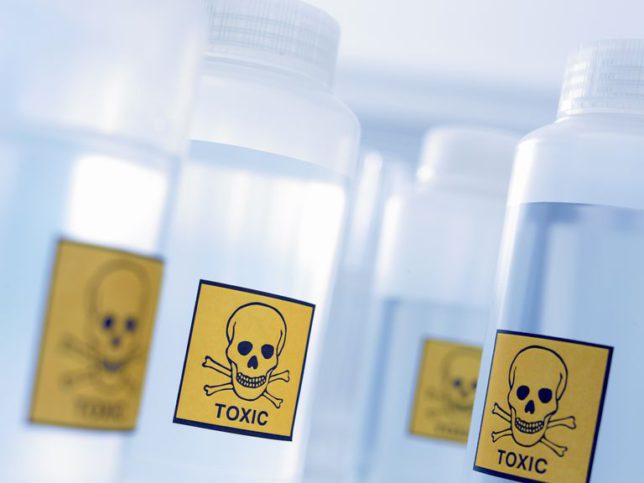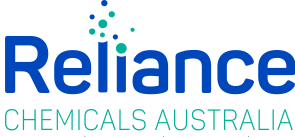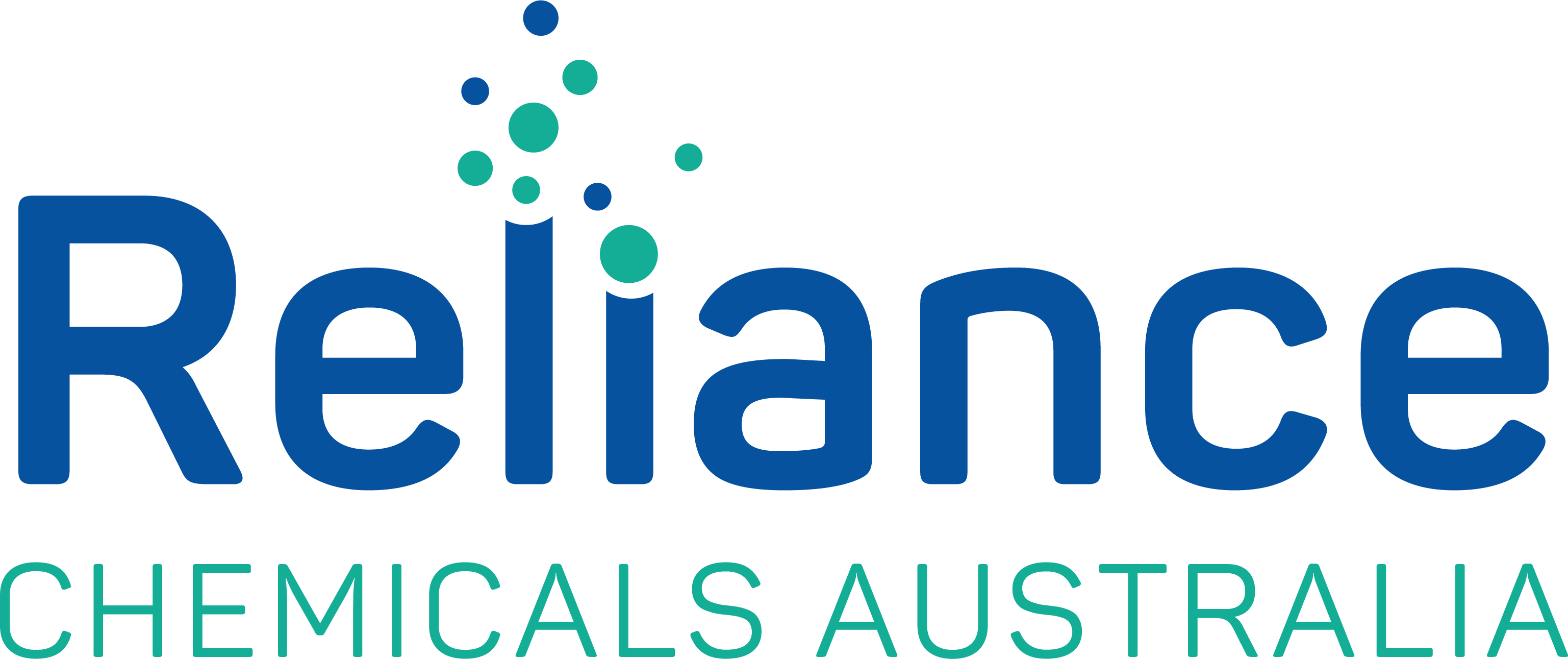
Toxic Chemical for Construction- Be Aware
Introduction
Chemicals have changed the lifestyle of people. From daily usage to industrial usage, they are everywhere. But some of them have downsides that most people are not aware of. There are certain chemicals that are considered toxic chemical for construction. And you can’t just avoid all these chemicals. Because most of them are required for building modern structures.
At the end of the day, those are harmful to the environment and humans. All we can do is to be aware of the chemicals and deal with them with caution. And that is our goal today. So, without wasting another second, let’s get to it-
Toxic Chemical for Construction- 10 Chemicals to Be Cautious About
Therefore, to increase the workability and durability of certain constructions, chemicals have the most contribution. Let’s check out all those potential threats to humanity-
Asbestos
From the early ’20s to the late ‘80s, most structures contained asbestos. Walls, floors, ceilings, boiler rooms, insulation; asbestos were everywhere.
Asbestos might not appear after the construction, but it is there. And it becomes dangerous when it’s damaged or in need of repairing. Even for the repairman, it becomes hazardous.
Even the smallest particle of asbestos can cause concerning health issues. Asbestosis, lung cancer, and mesothelioma are the most common among them. Asbestos can trigger the most deadly form of cancer.
Formaldehyde
In construction, formaldehyde is mostly used in insulation products. It’s used as a binder in adhesives, mostly in the wood panel and carpet products.
It’s basically a colourless gas. You identify it while it emits from the products. A high level of formaldehyde can cause breathing issues, asthma, and at worst skin irritation.
Silica
Among all the other toxic substances, you might be familiar with silica the most. This natural substance is used everywhere.
However, in construction, you’ll find them in rocks, sand and clay. For example, granite contains about 15-30% of silica. On the other hand, sandstone contains 70%+ silica.
Tiles or bricks, silica is highly concentrated in each one of them. It’s considered as deadly as asbestos. It won’t kill you instantly, but it’ll make you grieve.
Respiratory diseases and lung cancer are most common when you’re highly exposed to silica.
Diisocyanates
Diisocyanates are mostly used in the making of polyurethane products. Mostly flexible and rigid foams, adhesives, sealants, coating, and elastomers are filled with diisocyanates.
In the transportation and construction industry, this product is the most popular. Countless products of these industries require the involvement of diisocyanates.
In addition, mucous, eyes, throat, nose, gastrointestinal and skin irritation are the most common health effect when exposed to diisocyanatos.
Alkylphenol
Alkylphenol has been in use for nearly half a century in the industry. It’s an ingredient in phenolic resins. They are heavily used in high-performance adhesives, paints, rubber products, and coating.
Alkylphenol is highly soluble in water. That makes them deadly for the living organisms in the water.
Moreover, high doses of this chemical can be dangerous for human health too. They can be transmitted to the human body through water or fish.
Cadmium
Corrosion protection is essential for every iron or metal surface. A coating can save the surface in this case. And cadmium is the element that is heavily concreted in it.
It’s also used in the production of rechargeable batteries, electroplating, alloys, solar cells, pigments and plastic stabilizers.
Cadmium is highly toxic. It targets your cardiovascular, neurological, renal, reproductive, renal and respiratory systems.
Chlorobenzene
Chlorobenzene is an aromatic compound. This colourless compound is a flammable liquid. So, keeping them away from heat is the wisest decision.
In construction, chlorobenzene is used to manufacture polishes, adhesives, paints, dyes, paint removers, and drugs. They are toxic when used in large quantities.
Lead
Lead has been used for a long time from industries to houses. And as the days passed by, most people became aware of the danger that leads carry. It has the potential to cause severe diseases.
However, no one can deny the major role it plays in construction. Roofing applications, tank linings, cornices and electrical conduits have lead all over them.
Moreover, this deadly chemical has been poisoning workers for thousands of years. The cardiovascular, central nervous, reproductive, kidneys and hematological systems are highly affected because of lead.
Mercury
Like lead, mercury has also been here for a long time. It’s used in a large number of industries and products. Light bulbs and thermometers are the most examples.
It is highly toxic. If consumed by a person, death is assured. So, keep the thermometers away from your baby today.
Polyvinyl chloride (PVC)
PVC has the highest use and popularity. These are lightweight and strong at the same time. This makes them suitable for use on a variety of tasks in the construction industry.
It’s used in water pipes, wall coverings, window frames, cables and several other cases. It provides a great alternative to wood, rubber, metal and glass.
However, they do emit highly hazardous materials like toxic glues and lead additives.
Conclusion
Not every chemical for construction is safe. The list of toxic chemicals wouldn’t end if we keep on going. However, we wanted to put out the most common chemical for construction in front of you.
We hope that you will be more cautious the next time you’re dealing with any of the mentioned toxic chemicals. Your health is the top priority to us.

